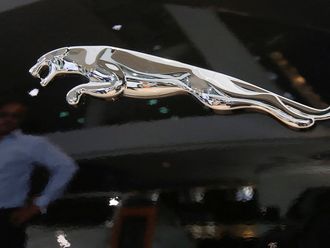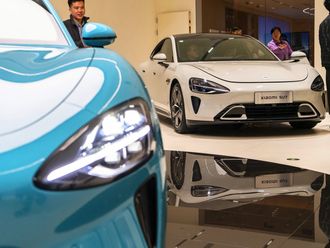Stadium operators are all too aware that for all of the exciting moments they deliver, getting fans in the seats is becoming exponentially challenging. After all, it’s difficult to compete with supersized TVs that allow fans to get closer to the action — without ever leaving the comforts of their homes.
At Oracle Hospitality, we commissioned an exciting research study, “The Fan Experience: Changing the Game with Food and Beverage.” Our report surveyed fans worldwide to uncover their needs and, most importantly, identifies solutions that would trigger their return to arenas and spark sales.
What the research uncovered: At its essence, the fan experience is defined by a kinship with favourite teams and fellow fans. Technology that strengthens such bonds — from in-seat ordering that ensures fans won’t miss game action to loyalty programmes that reward their support — is a must.
1. Don’t underestimate the importance of satiating fans’ hunger and thirst.
At a time when venue operators spend exorbitantly on video boards nearly as big as the stadium itself or stage entertainment extravaganzas for pregame introductions, our survey highlighted an asset that often is overlooked: the food and beverage experience.
Perhaps, most telling, when fans were given a hypothetical budget to enhance their experience, nearly all fans decided to allocate more funding toward improving food and beverage issues than enhancing venue technology or entertainment.
Although venue operators are spending more than ever by going big — installing larger screens, staging bigger entertainment, building bigger luxury suites to win over fans — it’s possible they’re targeting the wrong initiatives.
Though extravagant amenities may have appeal, our findings underscore that overlooking staples of the stadium experience — eating and drinking — can be costly.
2. The two biggest culprits for derailing food and beverage sales are slow service and fear of missing game action.
In a nutshell, slow service — or even the perception of it — deters more food and beverage purchases and prevents some from even approaching concession stands. But it’s important to note that fixing this issue promises direct rewards for venue operators.
In the markets surveyed, 36 per cent of fans, who infrequently or never make purchases, blamed speed of service for their reluctance to buy food.
But the most troubling finding — and glaring loss of revenue — emerged among fans’ discontent. Asked if they had given up buying food or beverages in the past 12 months because lines were excessive, 42 per cent of US fans answered “yes”, with International fans responding even higher at 47 per cent.
3. Fixing issues such as long waits lead to a direct ROI
Considering the significant time fans spend waiting in line — and away from the game — to make food and beverage purchases, it’s no surprise that the appeal of in-seat mobile ordering is great.
But the disparity between current supply and demand underscores the tremendous revenue potential of mobile apps that facilitate order delivery to fans’ seats.
Only 6.65 per cent of fans in the surveyed countries said they were currently using in-seat ordering — most likely due to the combination of its limited availability and awareness to fans. In nearly all cases, however, an overwhelming majority of fans reported interest in using the technology.
4. Delivering loyalty programmes is a promising path to greater sales
Loyalty programmes can offer targeted discounts that can influence fans — roughly two-thirds of who readily acknowledge that they make food and beverage purchases “on impulse”. Driving such sales, especially late in a game to sell remaining inventory, has the twofold benefit of boosting revenue and eliminating waste.
Our findings also revealed opportunities for venue operators to involve third-party vendors or sponsors in their loyalty initiatives. In almost all markets surveyed, more than a majority of fans responded in the affirmative saying they found such offers to be “moderately, very or extremely” appealing.
In conclusion, it is evident that technology powers stadiums in countless ways, but its capacity to enhance a staple of the fan experience — buying food and beverage — is underutilised. Improving concessions demands the attention of venue operators because it represents “low-hanging fruit” to boost sales and engage fans.
— The writer is Vice-President, Oracle Hospitality.












